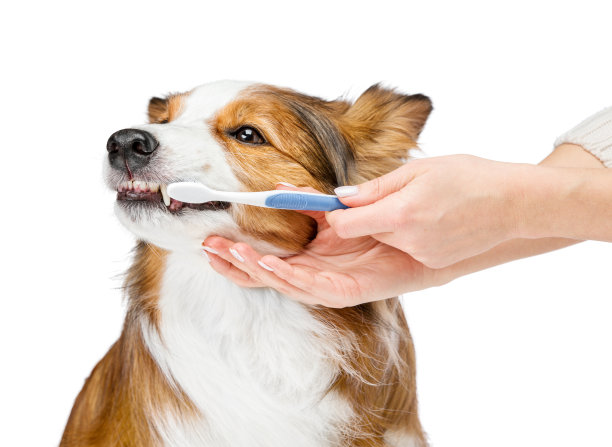The Importance of Extracting a Tooth When to Consider and What to Expect During the Procedure
Summary: Extracting a tooth may seem daunting, but it is sometimes necessary for overall dental health. This article delves into the importance of tooth extraction, exploring scenarios that warrant the procedure, what patients can expect, and the aftercare necessary for a smooth recovery. We will look at four main aspects of tooth extraction: when it becomes essential, the preparation beforehand, the extraction process itself, and post-procedure care. Understanding these factors can help alleviate anxiety and improve the overall experience.
1. When is Tooth Extraction Necessary?

Tooth extraction is an important dental procedure that is essential in various situations. One primary reason for extraction is severe decay. If a tooth is significantly damaged by cavities that cannot be repaired with fillings, crowns, or other restorative options, extraction may be the best choice to protect surrounding teeth and avoid further decay.
Another common reason for tooth extraction is overcrowding. In cases where there isn’t sufficient space in the mouth for all teeth, particularly before orthodontic treatment like braces, a dentist may recommend extracting certain teeth to align the remaining ones properly.
In addition, teeth that are impacted, such as wisdom teeth, can cause discomfort, infections, or even damage to neighboring teeth. Extracting these teeth can alleviate pain and prevent complications, highlighting the procedures role in maintaining overall dental health.
2. Preparing for the Extraction Process
Preparation for a tooth extraction involves several key steps. First, a complete dental assessment is performed, including X-rays to evaluate the tooths condition and its root structure. This vital information helps the dentist plan the best approach for extraction and anticipate any potential challenges.
Patients are then informed about the anesthesia options available. Local anesthesia to numb the area is often used, but for more complex extractions, sedation options may be offered. Understanding the chosen anesthesia is crucial as it directly impacts the patients comfort during the procedure.
Post-extraction care is also discussed prior to the appointment. Patients should be aware of what they need to do to ensure a smooth recovery. This includes arranging for someone to drive them home, as sedation could affect their ability to drive or operate machinery afterward.
3. Understanding the Extraction Procedure
The actual extraction procedure, although it might sound intimidating, is usually straightforward. After administering the anesthesia, the dentist will gently loosen the tooth with specialized tools. In the case of an impacted tooth, the dentist may need to remove some surrounding bone or cut the tooth into smaller pieces.
Throughout the procedure, patients should communicate any discomfort, as the dentist can adjust the anesthesia as necessary to ensure a painless experience. Modern techniques have made extractions quicker and more efficient than in the past.
Once the tooth is successfully extracted, the dentist will clean the extraction site and may place a gauze pad to control bleeding. At this point, information on what to expect afterward will be provided, allowing patients to feel more prepared for the recovery process.
4. Post-Procedure Care and Recovery Tips
Post-extraction care is critical for preventing complications and ensuring a quick recovery. After the procedure, patients are advised to keep the gauze in place for a specific period to help stop any bleeding. They should avoid rinsing their mouth vigorously or sucking actions that could dislodge the blood clot.
Managing pain and swelling is also vital. Dentists often recommend over-the-counter pain relievers or prescribe medication to help alleviate discomfort. Applying ice packs to the outside of the face can further help reduce swelling during the first 24 hours.
In the days following the extraction, it is advisable to stick to a soft-food diet while Gradually reintroducing harder foods as healing progresses. Additionally, maintaining good oral hygiene, avoiding smoking, and following any specific instructions from the dentist will promote a successful recovery.
Summary: Tooth extraction is sometimes a necessary procedure for maintaining oral health in cases of severe decay, overcrowding, or impacted teeth. Proper preparation, understanding the procedure, and following post-care instructions are essential for a positive experience. By educating patients about each step, we can reduce anxiety and promote successful recovery.
This article is compiled by Vickong Dental and the content is for reference only



